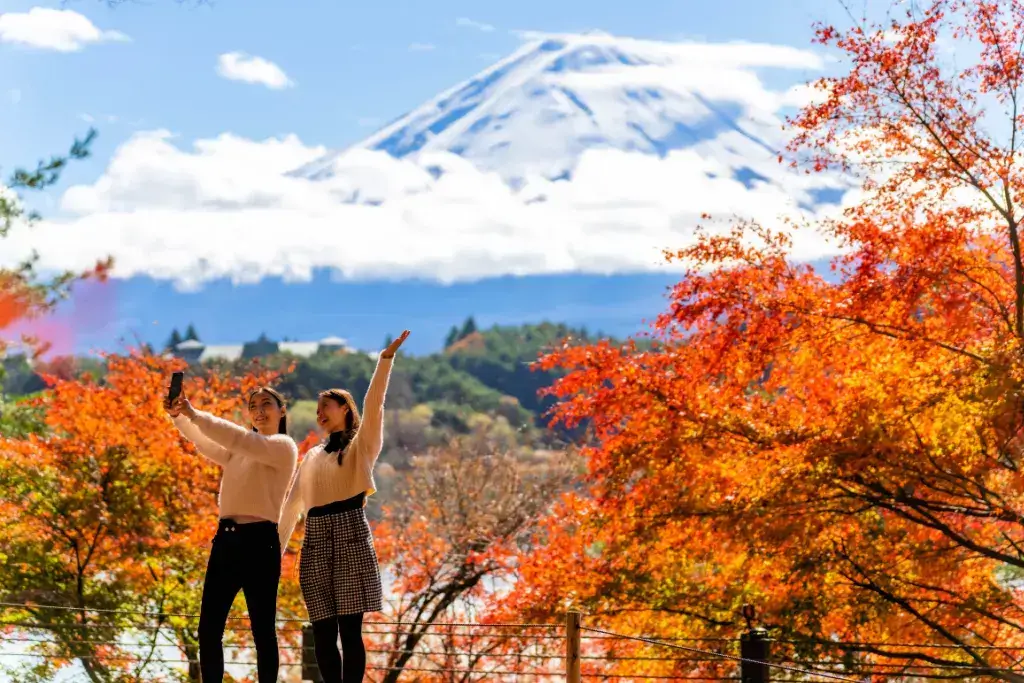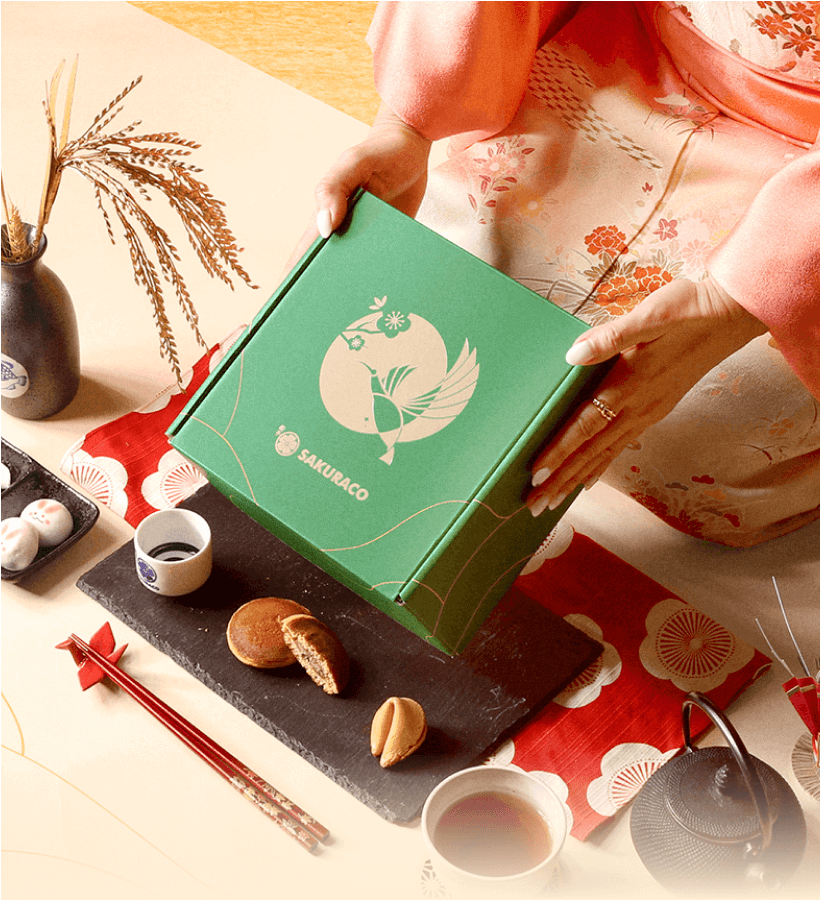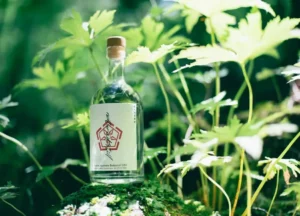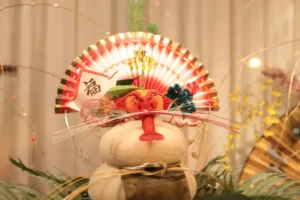Wealthy travelers are putting a fresh spin on how people visit Japan. Let’s dive into how they are shaping travel, bringing new energy and challenges to local communities. From the bustling Golden Route to quiet, lesser-known towns, we’ll explore how affluent visitors spend their time in Japan. We also examine how they impact culture, infrastructure, and the economy, revealing a side of the country that many travelers rarely see.
Table of Contents
ToggleThe Golden Route of Japan
The Golden Route is Japan’s most famous travel route, connecting Tokyo, Kyoto, and Osaka, largely considered to be the country’s cultural and economic heart. For many first-time visitors, it offers the perfect mix of modern city life, ancient temples, and traditional experiences. You can shop in Tokyo’s neon-lit streets, walk through Kyoto’s peaceful shrines, and enjoy Osaka’s lively street food all in one trip.
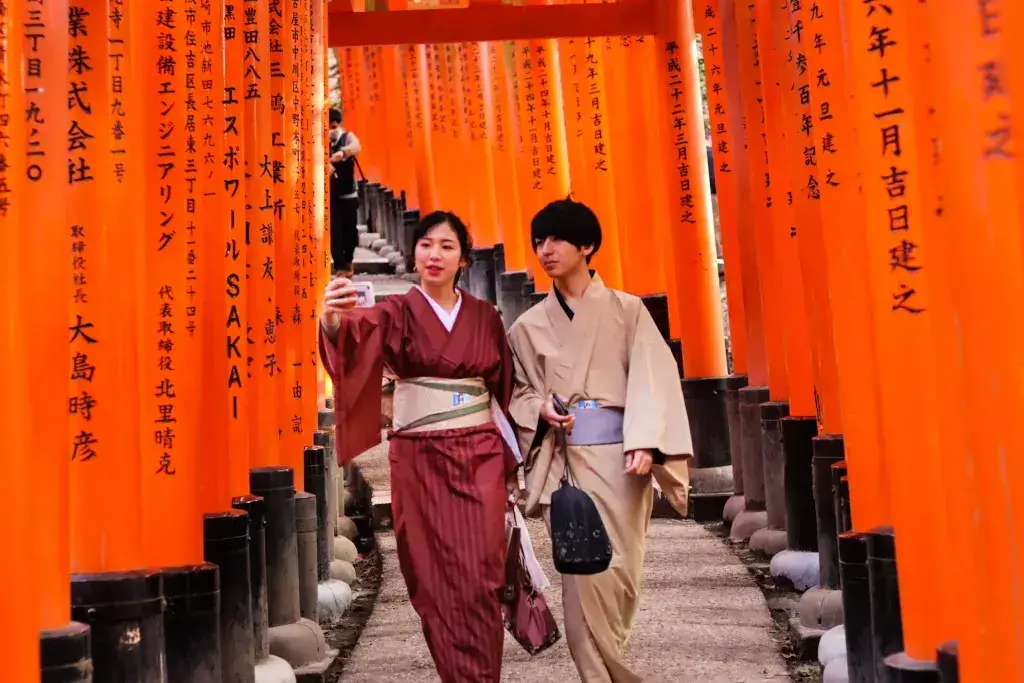
This route gained popularity in the 1960s, following Japan’s increased international tourism after hosting the Tokyo Olympics. Over the years, travel agencies and tour companies promoted it as the easiest and most comfortable way to see the best of the country. Even today, most visitors continue to follow this route due to its convenient train connections and the world-famous attractions it offers.
However, the Golden Route’s popularity has also brought challenges. Cities like Kyoto and Tokyo now struggle with overcrowded sightseeing spots, packed buses, and pressure on local communities. As visitor numbers continue to grow, more travelers are starting to explore quieter and lesser-known regions in search of more authentic and peaceful experiences.
The Problem of Overtourism For Those Who Visit Japan
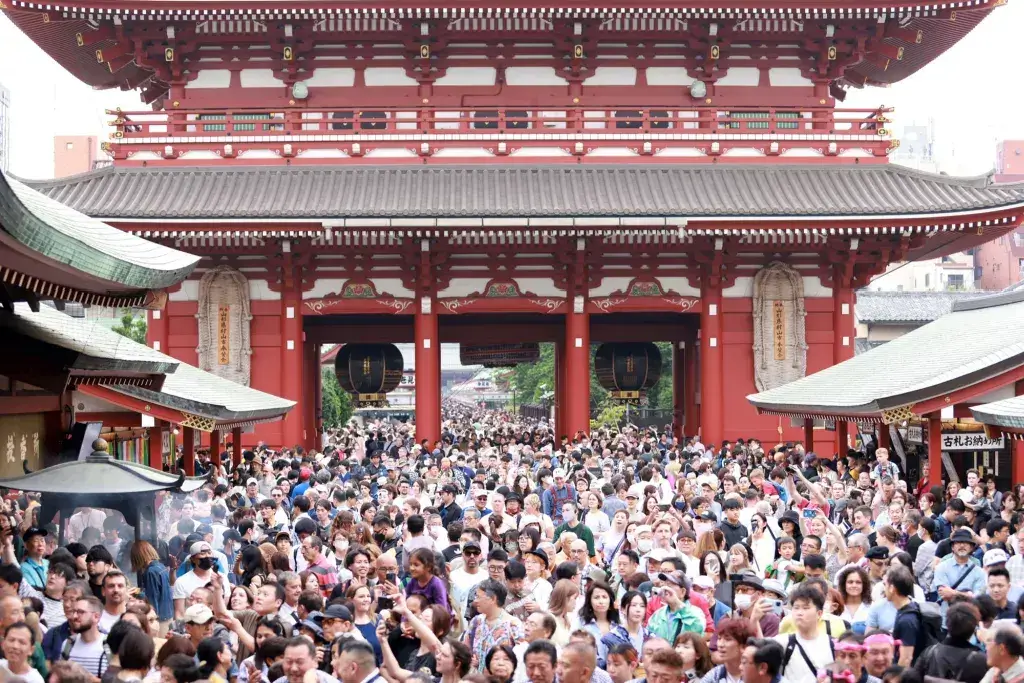
Japan’s tourism boom has brought excitement, energy, and record numbers of visitors. In 2024, more than 36 million travelers came to explore the country’s famous cities and sights. However, behind the rising numbers, another story is unfolding, as overcrowded streets, packed trains, and growing frustration among locals become increasingly hard to ignore.
Kyoto, Tokyo, and other stops along the Golden Route are feeling the pressure. In Kyoto, residents now struggle to board their own buses as tourists fill every seat. Popular areas like Gion and Arashiyama are crowded from morning to evening, leaving little space for the quiet charm that once defined the city. Locals say daily life has become harder, with increased noise, litter, and visitors entering private areas or sacred temples without understanding the customs.
Nature and heritage sites are also under strain. Mount Fuji’s trails, for example, have become so crowded with hikers that authorities are now introducing limits to protect the mountain from damage. Some trails have become littered with trash, and erosion is starting to threaten the paths. To mitigate the impact, new entry fees and reservation systems are being tested to control visitor numbers and maintain a clean and safe environment for future generations.
Tourism continues to bring money and opportunity to local communities, but it also risks harming what makes the country special. When crowds grow too large, both visitors and residents lose the sense of peace and respect that defines Japanese culture. Finding a balance between welcoming travelers and protecting local life has become one of the country’s most significant challenges today.
Are you looking for amazing snacks from unique places in Japan? Check out Sakuraco! Sakuraco delivers traditional Japanese snacks, teas, and sweets from local Japanese makers directly to your door so you can enjoy the latest treats from Japan!
Where do wealthy tourists go when they visit Japan?
Japan’s smaller towns and rural regions are stepping into the spotlight as more affluent travelers seek exclusive and authentic experiences away from the crowds of Tokyo, Kyoto, and Osaka. Instead of joining tour buses along the Golden Route, many luxury tourists now choose quiet retreats in places like Kanazawa, the Setouchi region, and Naoshima.
Wealthy tourists visit workshops to learn traditional crafts, such as the Kaga Yuzen kimono dyeing technique in Kanazawa. They also take luxury cruises on the Seto Inland Sea aboard ships like the Guntu. These cruises cost between 600,000 and 1 million yen per passenger. Helicopter rides to Naoshima’s modern art installations are also gaining popularity, offering a unique way to explore the country’s natural beauty and art culture.
According to The Asahi Shimbun, local governments are encouraging this shift as a means to alleviate overtourism in major cities while promoting regional revitalization. Wealthy visitors tend to spend more on accommodations, dining, and cultural experiences, providing smaller communities with a more substantial economic boost. High-end ryokan, boutique hotels, and private guided tours are being developed to meet their expectations while showcasing traditional crafts, rural lifestyles, and natural beauty.
This change is already creating new opportunities. Local producers are collaborating with luxury travel agencies to promote farm-to-table dining, wellness retreats, and unique cultural workshops. In some areas, younger generations are returning home to start businesses that cater to this growing market.
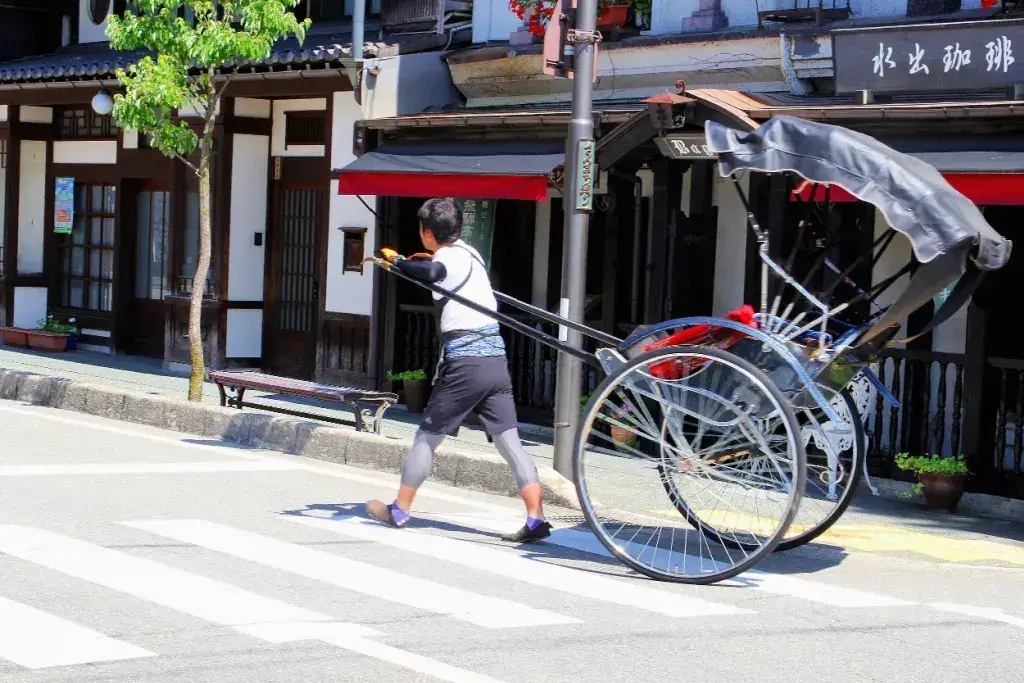
With affluent travelers showing increasing interest, these regions are transforming. Investments in sustainable tourism, preservation of local culture, and high-quality visitor experiences are helping communities grow stronger. Smaller towns attract more visitors while preserving their character, creating thriving regional centers that benefit both tourists and locals.
Issues surrounding the labor shortage
Rural areas still face challenges in supporting upscale tourism. Many towns lack infrastructure, trained staff, and language support, making it hard to meet the needs of wealthy visitors. Local workers often handle longer hours and heavier workloads, and the language barrier can hinder the delivery of smooth, personalized service. This can affect visitor satisfaction and put stress on local communities. To cope, towns offer training programs, hire part-time staff, and utilize technology such as automated check-ins.
Some communities also promote local jobs to encourage young people to stay, while collaboration between nearby towns helps share resources. Addressing labor and language challenges is crucial for smaller communities to grow sustainably while providing visitors with high-quality experiences. With careful planning, these towns can both welcome affluent tourists and preserve their local culture.
Why is it important to know about the effects of wealthy tourists who visit Japan?
Understanding the effects of wealthy tourists visiting reveals how tourism can both benefit and challenge local communities. Wealthy visitors bring economic benefits, support traditional crafts, and encourage regional revitalization. At the same time, small towns face labor shortages, language barriers, and pressure on their infrastructure.
By planning carefully and investing in sustainable tourism, Japan can attract affluent travelers while preserving its local culture and fostering stronger, more thriving communities. Does your country face similar opportunities and challenges? Let us know in the comments below!


